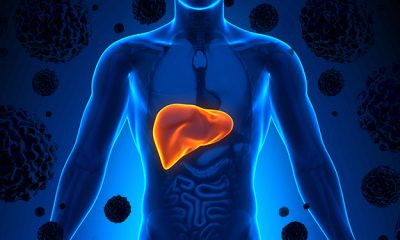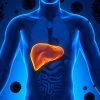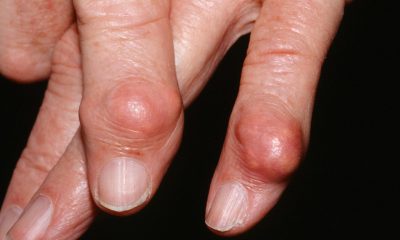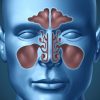4.4 Million People Have Sickle Cell Disease Worldwide: Get To Know The Symptoms
Bacterial Infections

In a healthy body, the immune system is responsible for finding harmful bacteria and is charged with eliminating those harmful pathogens. Because of the way mutated sickle cells block the flow of blood, the immune system has a much harder time navigating the body. Patient’s living with SCD are much more at risk of having bacterial infections such as meningitis, pneumonia and influenza become life-threatening. Children aged five and under are most at risk though all age groups are susceptible to illness and can expect complications with infection throughout their lives.
Symptoms can show up unexpectedly and advance rapidly; seemingly healthy children can, within hours, develop a fever, enter a state of shock and die. Sadly, if left unattended, 50 percent of cases involving bacterial infection is fatal. Treatment for this aggressive infection is delivered through an intravenous drip of antibiotics and sometimes steroid therapy. Any sign of fever should be taken very seriously in patient’s diagnosed with sickle cell disease.














